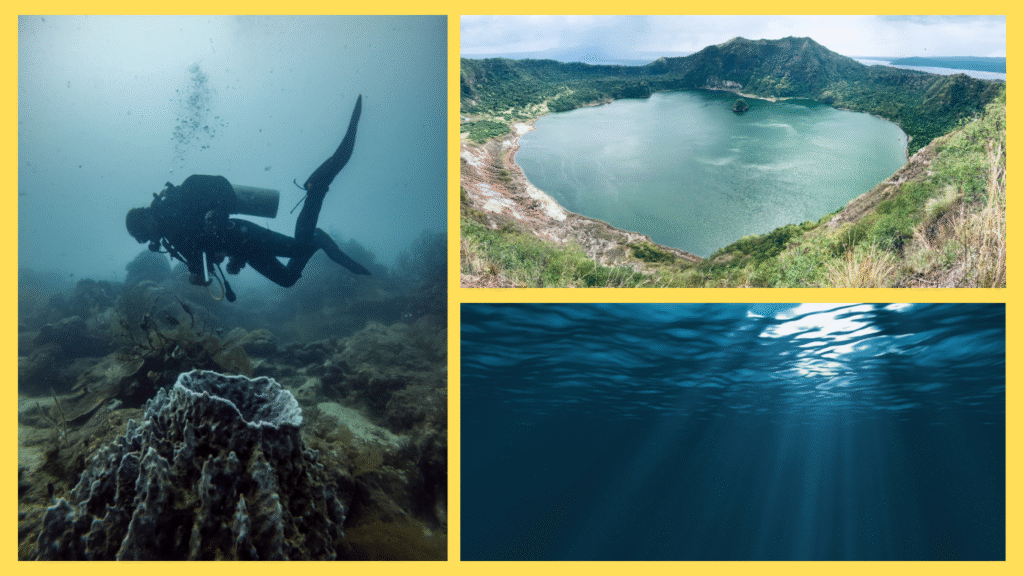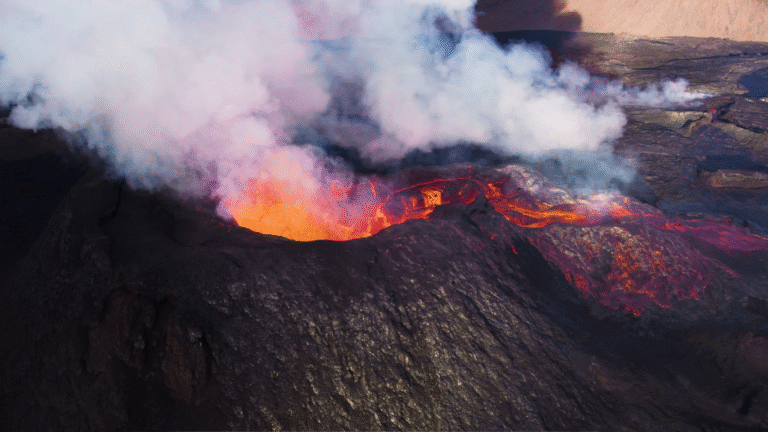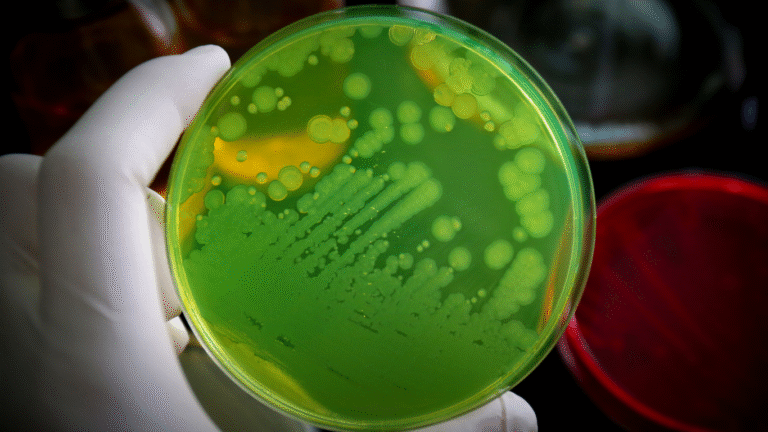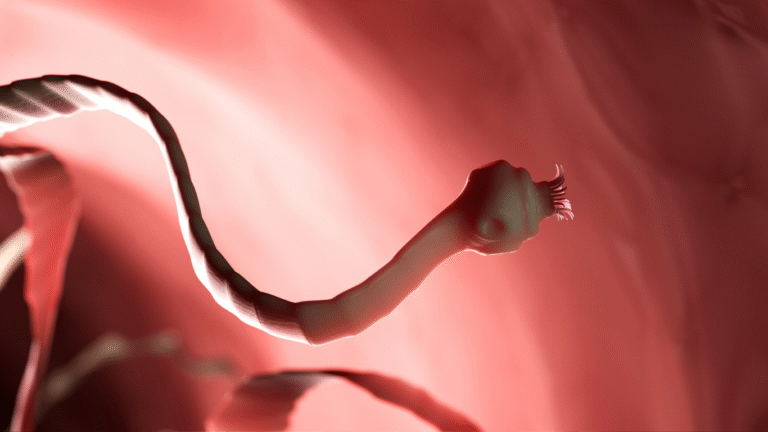Discover a day in the life of Methanopyrus kandleri, the fire methanogen. Learn how it thrives in boiling seas, produces methane, and contributes to nature.

The day begins in a place no human has ever lived. Far below the ocean’s surface, nearly two miles down, the darkness is complete. The pressure is crushing, hundreds of times greater than what humans feel on land. And yet, in this silent abyss, towering chimneys of rock known as “black smokers” pour out water so hot it could melt lead. Around them, the water boils with minerals and gases.
This is home for me, Methanopyrus kandleri. Some scientists call me the fire methanogen, a name that captures both my fiery home and the fiery gas I release. For most creatures, this environment is deadly. For me, it is paradise.
I wake clinging to a vent wall, my rod-shaped body aligned in neat chains with my companions. The vent pulses with superheated water, reaching up to 122 °C. For comparison, water on Earth’s surface boils at 100 °C. Here, under pressure, water stays liquid even at these impossible temperatures. Most life would perish instantly. But I am not most life. I am a hyperthermophile—an organism that not only tolerates extreme heat but depends on it.
The sun never shines here. My energy does not come from light or oxygen but from chemistry itself. I take in hydrogen gas (H₂) bubbling from the vent and carbon dioxide (CO₂) dissolved in the water. With them, I produce methane (CH₄). To me, methane is energy, food, and breath combined. To humans, it is a greenhouse gas, invisible yet powerful, contributing to the warming of the planet’s atmosphere. But down here, it is simply the way I live.
I am part of the Archaea, a group of microbes distinct from bacteria and far older in evolutionary terms. Some scientists believe organisms like me resemble the earliest life forms on Earth, thriving in the planet’s young, volcanic oceans billions of years ago. When I convert carbon dioxide into methane, I am not just surviving—I am carrying out a process that may have been central to life’s very beginnings.
My day begins with stability, but the vent is unpredictable. Sometimes bursts of hotter water surge through, raising the temperature. Sometimes the chemistry changes, leaving me with less hydrogen to feed on. However, I am equipped for such extremes. My cell membrane is made of unusual terpenoid lipids, different from the fatty acids in bacteria or humans. These lipids lock together tightly, creating a nearly indestructible wall that keeps me intact even when heat would normally rip apart other cells.
Inside, my proteins are reinforced by a molecule called cyclic 2,3-diphosphoglycerate. Think of it like armor, holding my enzymes steady so they don’t unravel in the heat. Without this shield, my essential proteins would fall apart, and I would cease to exist. Furthermore, I carry a unique enzyme called topoisomerase V. Most organisms use topoisomerases to untangle DNA during copying. Mine, however, is specially designed to work in scorching conditions, keeping my genetic code intact while I divide and grow.
As I go about my day, I reproduce. It is a slow process compared to bacteria on the surface, but every division counts. I stretch, my cell wall thickens, and then I split into two. Each daughter cell inherits the same ability to endure heat, pressure, and chemical chaos. Soon, we form long chains, clinging to the vent wall like strands of microscopic hair.
Meanwhile, methane bubbles drift upward, some dissolving into the seawater, some escaping into the ocean currents. Though invisible, these bubbles are my gift—and my curse—to the world above. They enter the ocean’s carbon cycle, eventually affecting climate. Humans studying me call me both a curiosity and a clue: by producing methane in extreme environments, I reveal how small organisms help shape global systems.
In addition, I remind scientists that life does not need sunlight or oxygen. Instead, it can thrive in darkness, feeding on simple chemicals. This is why I am often studied not only for Earth’s history but also for the possibility of life beyond Earth. If microbes like me can flourish in the superheated vents of our planet, perhaps they can also survive in the icy oceans beneath Europa’s crust or in hydrothermal systems on ancient Mars.
By midday, the vent grows turbulent. A surge of hotter, mineral-rich water flushes past me. Many organisms would be destroyed in seconds, their proteins breaking apart in the extreme heat. Yet I remain anchored. My lipid walls do not melt. My enzymes stay folded. My DNA, thanks to topoisomerase V, does not snap. I endure, while less tolerant microbes vanish. For me, survival is not only resilience but dominance.
However, living in extremes comes with limits. If the temperature drops too low—below 84 °C—I cannot function. Cold is more dangerous to me than heat. Without warmth, my enzymes slow down, my membrane stiffens, and I lose the ability to divide. For this reason, I cling tightly to the vent’s hottest zones. My world may seem unbearable to others, but for me, it is the only place I can thrive.
As the afternoon continues, I interact with my microbial neighbors. Around the vent, other Archaea and bacteria live, feeding on sulfur, iron, or other chemicals. Some cooperate indirectly with me, balancing the flow of gases and nutrients. Others compete, racing for the same molecules of hydrogen or carbon dioxide. But here, survival is not about competition alone. It is about endurance. Only those who can stand the heat will persist.
Meanwhile, humans far above are taking interest. In their laboratories, scientists study my enzymes to design heat-resistant tools for biotechnology. My proteins, which do not unravel under stress, inspire enzymes used in polymerase chain reaction (PCR)—a method that copies DNA billions of times in medical and forensic labs. On the other hand, my methane production helps researchers understand greenhouse gases and their role in climate change. I am both a model for technology and a messenger about Earth’s delicate balance.
Evening arrives in my world, though no sunlight marks the time. The vent continues to flow, and I remain fixed to its wall, producing methane with every breathlike reaction. Generations pass quickly in microbial time, and my descendants spread across the vent system. Each one carries the same adaptations: terpenoid membranes, protective molecules, and the unmatched enzyme that allows us to thrive in a place where water boils.
As night settles above the ocean, I continue my work. The human world sleeps, but I do not. My methane rises silently, joining currents that will travel for miles. My simple chemical exchanges ripple outward, affecting ecosystems far beyond my vent.
And so my day ends, but my role never stops. I am Methanopyrus kandleri, the fire methanogen. I am living proof that life can thrive in places unimaginable, shaping Earth’s cycles and teaching humans about resilience, adaptation, and the origins of existence.
The Takeaway
The story of Methanopyrus kandleri is more than just survival. It is about nature’s ability to adapt in extremes, to create stability in chaos. By producing methane, I contribute to global cycles that affect climate and life itself. By withstanding impossible heat, I reveal how early life may have flourished on a young Earth. And by existing today, I remind humans that life is versatile, creative, and astonishingly tough.
So next time you think life has limits, remember me—the fire methanogen. I live where water boils, where pressure crushes, where light never shines. And still, I endure.
Sources
- Methanopyrus kandleri overview: hyperthermophilic archaeon, survives up to 122 °C, produces methane from H₂ and CO₂ (Wikipedia, Nature)
- Energy source: hydrogen and carbon dioxide; obligate anaerobe (Pearson Microbiology)
- Membrane lipids, cyclic 2,3-diphosphoglycerate, and adaptations to heat (Genome Biology)
- Topoisomerase V enzyme unique to M. kandleri (PNAS)
- Microbial ecology and adaptation in hydrothermal vents (Frontiers in Microbiology)




